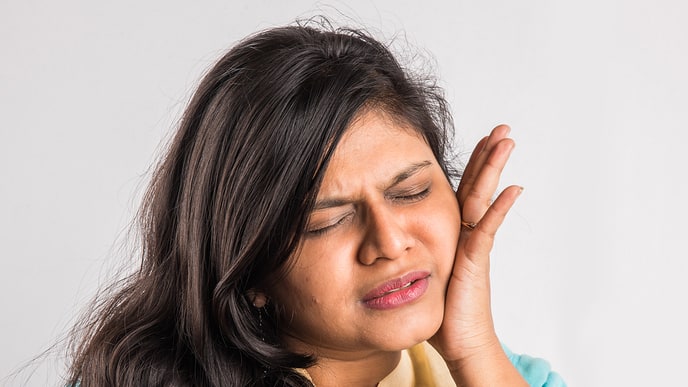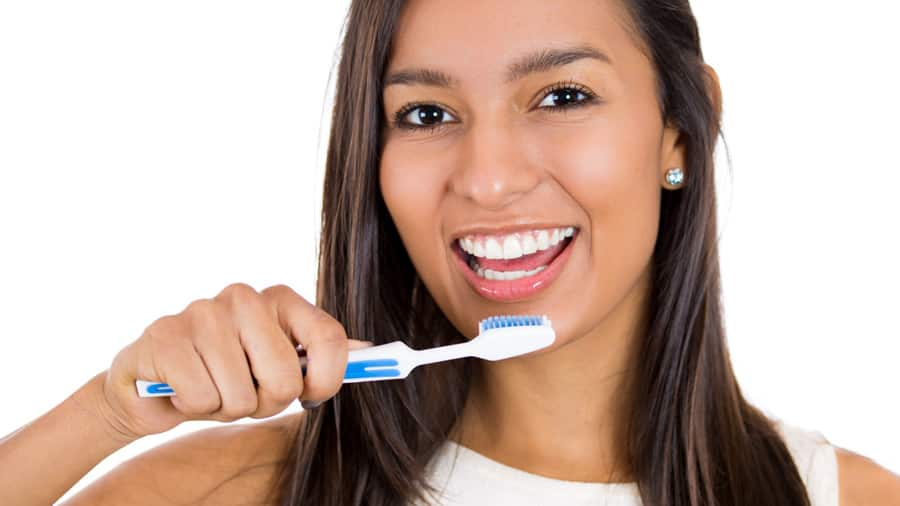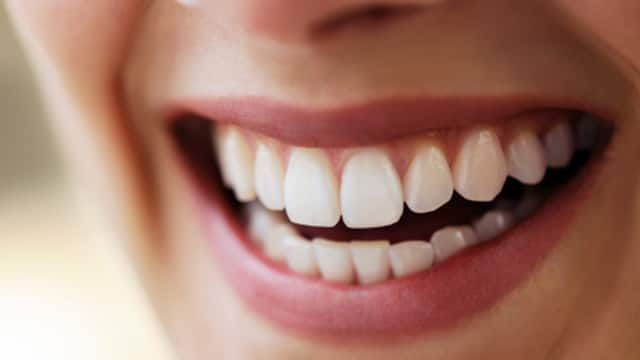We get that using at-home teeth whitening products fit your budget and your busy schedule. But knowing exactly how whitening your teeth might lead to gum irritation or burnt gums is important to your oral health. Learn how to recognise symptoms of gum irritation and how to soothe your gums. Better yet, learn how to prevent burning your gums.
What Causes Gum Irritation During Whitening?
Over-the-counter tooth whitening products you can purchase include toothpaste and products with bleaching agents, such as whitening strips, gels, rinses, pens, and gel trays.
Typically, whitening toothpaste contains little or no bleaching agents but helps brighten your teeth by scrubbing away stains. These kinds of toothpaste are less likely to irritate or burn the gums if they have no hydrogen peroxide. You might experience some irritation if you brush too hard, but the ingredients themselves are unlikely to cause a problem.
Usually, tooth whitening products with bleaching agents contain either hydrogen peroxide or carbamide peroxide. A Cochrane study found that gum irritation is one of two common problems when using teeth whiteners with a higher concentration of bleaching agents. (Tooth sensitivity is the other problem.) Though, if used correctly, the irritation was temporary and mild.
Besides feeling a chemical burn, you'll recognise gum irritation during the whitening process if your gums develop white spots or parts of your gum turn white. Your gums might become inflamed, as well.
Decode the secret to a bright smile by trying our uniquely designed whitening toothpaste range!
What You Can Do to Soothe Your Gums
Let's say you're in the middle of a whitening treatment at home, and you feel a slight burning in your gums. What can you do?
First, stop the treatment: Remove the tray or the whitening product. Don't wait until the burning gets worse!
Then, rinse your mouth: Rinsing with warm saltwater swishes away any lingering bleaching product and soothes the irritation.
As long as you stop the bleaching treatment quickly, the good news is that gum irritation usually resolves on its own after a few days. Saltwater rinses will help relieve discomfort during recovery. If needed, over-the-counter pain relievers can dull the irritation or burning feeling.
If your burns seem severe, become inflamed, or cause you concern in any way, it's a good idea to visit your dentist's office. By looking at the injury, your dental professional can tell you if home care will be enough to treat the injury or if there are other options to relieve your injured gums.
How to Prevent Burned Gums from Teeth Whitening
Teeth whitening is generally safe, as long as you take a few precautions. Remember to:
- Read: Review all product directions carefully – and then follow them exactly as written.
- Wipe: If the whitening agent comes anywhere near your gums, wipe it off immediately with a soft, damp swab. This typically happens when using a one-size-fits-all, ill-fitting gel tray or applying too much gel.
- Pay Attention: It's worth emphasising to keep the whitening agent on no longer than the manufacturer recommends. And rinse it off if at any time you feel discomfort.
- Heal: Give your gums a break. If you had to cut short your teeth whitening time because of gum irritation, please don't start the whitening process again until a few days after your gums have fully recovered.
You might also think about using non-peroxide whitening products on the market. Some are marketed as containing only natural ingredients. These products might have their own side effects, including gum irritation, so read the ingredients and directions with care.
Though consumer teeth whiteners contain much lower bleaching agent concentrations than products used in your dentist's office, you might consider professional tooth whitening. In a dental office, you're in a controlled setting with dental professionals taking every precaution to protect your teeth and gums. And they can monitor any irritation situation.
If you have no time for professional teeth whitening, at least ask your dentist for a custom-fitted gel tray to use at home. Also, ask your dental professional to demonstrate how to apply whitening gel into the tray properly.
We all want a dazzling white smile. But in getting that brilliant smile, you don't want your gums to turn white (or red) from bleaching agents. Make sure you recognise when your gums are irritatingly burning so you can take steps to soothe your gingival tissue. Next time you whiten your teeth, take preventive measures so when you smile, your teeth dazzle, and your gums look pink and healthy.
This article is intended to promote understanding of and knowledge about general oral health topics. It is not intended to be a substitute for professional advice, diagnosis or treatment. Always seek the advice of your dentist or other qualified healthcare provider with any questions you may have regarding a medical condition or treatment.
ORAL HEALTH QUIZ
What's behind your smile?
Take our Oral Health assessment to get the most from your oral care routine
ORAL HEALTH QUIZ
What's behind your smile?
Take our Oral Health assessment to get the most from your oral care routine













